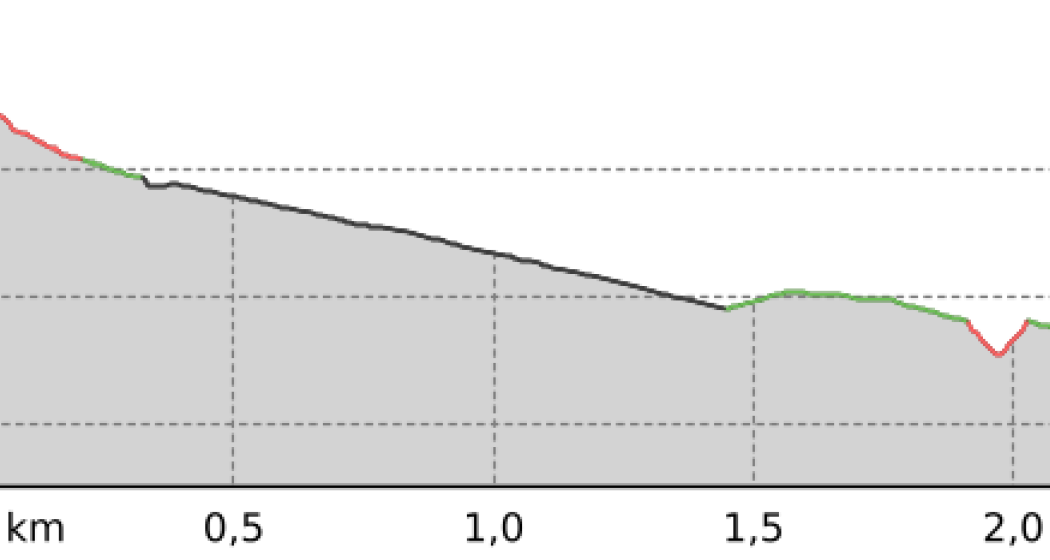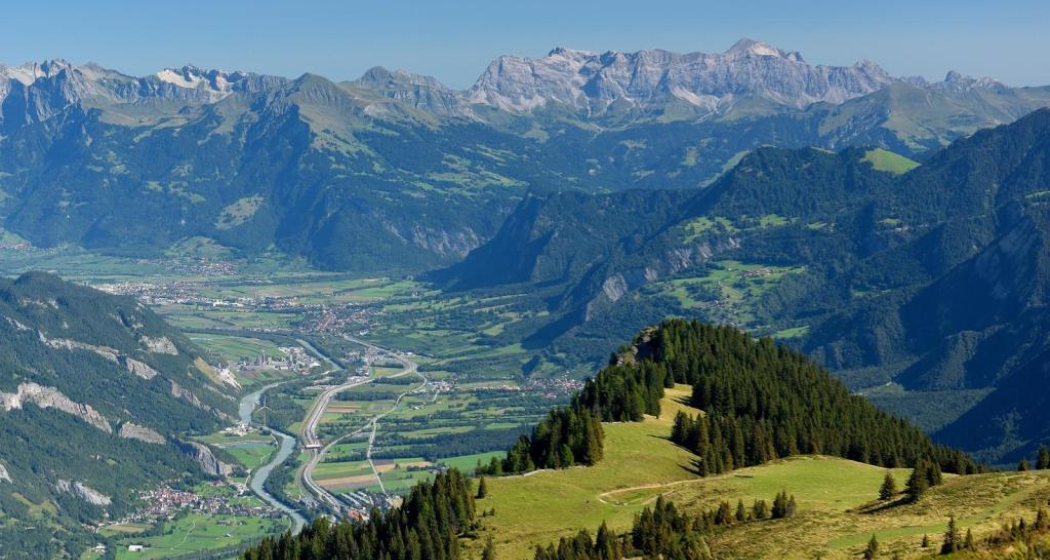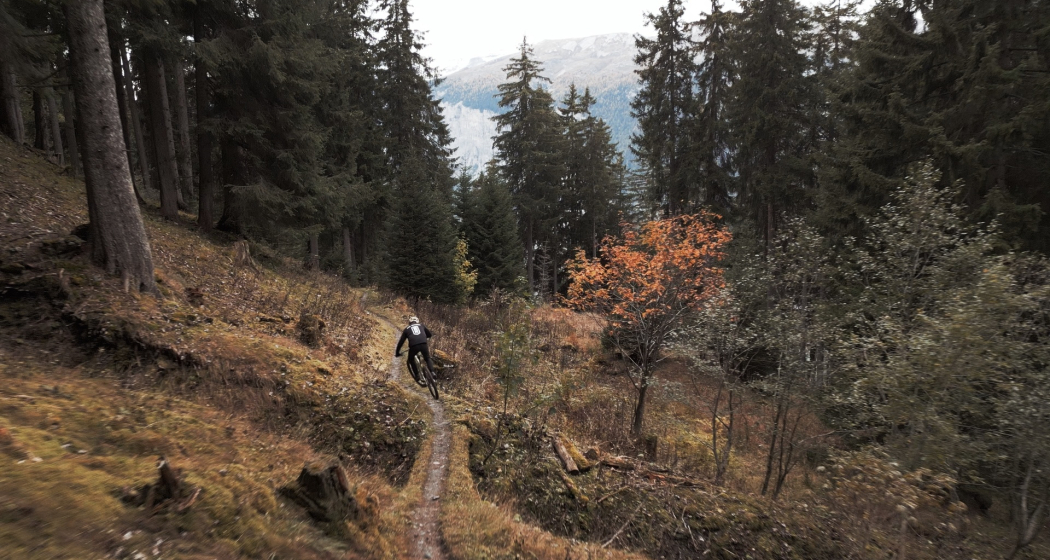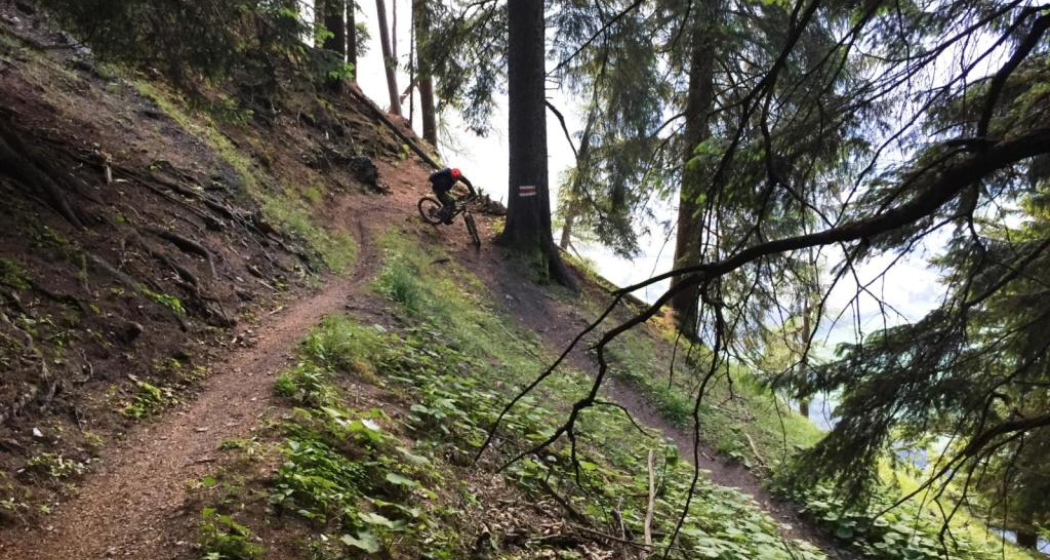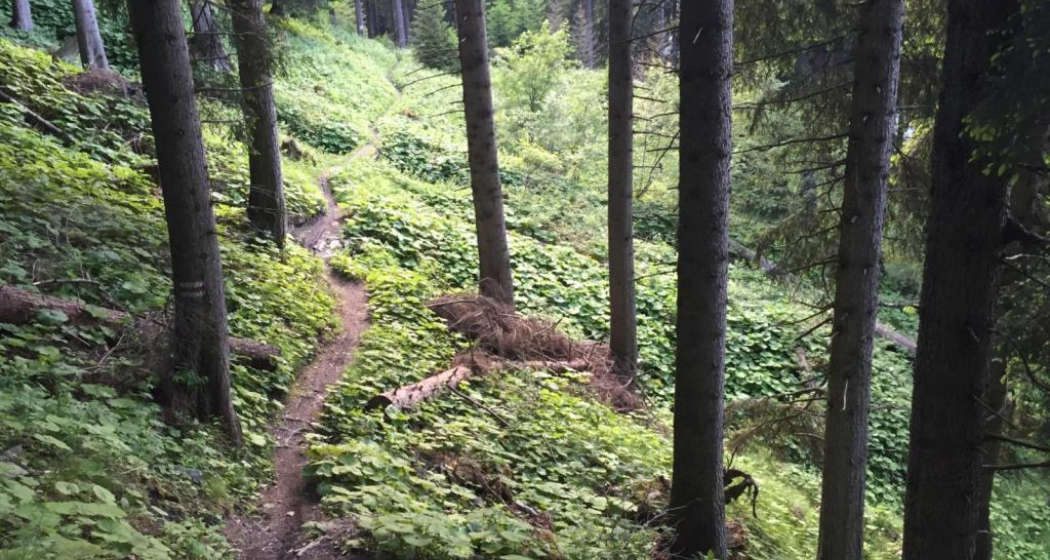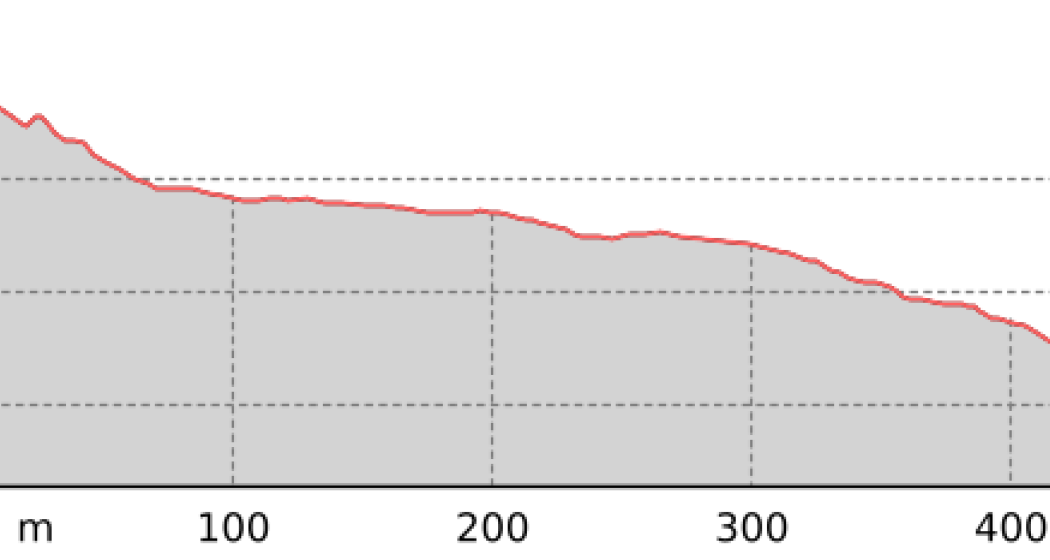708 Vertigo: Section 2


Details
Responsible for this content Graubünden Ferien.
Please note: the indoor pool and wellness pool will remain closed until and including 27. June due to the annual maintenance works. All other facilities are open.
Additional infos. Responsible for this content Graubünden Ferien.
Responsible for this content Graubünden Ferien.
Responsible for this content Graubünden Ferien.
Show all 3 images
The mountain tour to Vättis' local mountain is challenging and only recommended for experienced mountaineers. The very steeply ascending mountain path leads from Vättis through dense fir forest over rock steps to the Gonschrolaboden. Between imposing rock faces you reach the Tüfelschilchli. In an airy, easy ridge walk you reach the summit after 1862 meters of altitude with a fantastic panoramic view. Calanda is home to a large ibex colony, almost certainly, you can observe the proud Graubünden heraldic animals with their majestic antlers on every tour.
Vättis – Gonscherolaboden – Haldensteiner Schaftäli – Tüfelschilchli – Haldensteiner Calanda – Tüfelschilchli – Haldensteiner Schaftäli –Gonscherolaboden - Vättis
Descent variants: Via Calanda SAC hut and to the Vazer Alp (time 3h)
Arrival by train to Bad Ragaz and Postbus to Vättis
Daily to Bad Ragaz, continue by bus 451 direction Vättis, village to stop Vättis, Dorf.
Responsible for this content Graubünden Ferien.
This content has been translated automatically.
Show all 11 images
A long ascent to reach the ridge is not necessary on this tour. The two chairlifts Tgantieni and Scalottas go from Lenzerheide directly to Piz Scalottas. The time saved is needed for the full tour.
The hike leads from Piz Scalottas to Piz Danis and via Stätzerhorn and Fulhorn to Dreibündenstein. At Fulbergegg it descends towards Hühnerköpfe, Alp Malix and finally Brambrüesch, where the hike ends. From there you can take the cable car down to Chur.
The trail is exposed in places and requires surefootedness, but rewards you with a breathtaking panorama of Piz after Piz.
hiking boots
clothes suitable for the weather
Sufficient drinks and snacks for the tour
Responsible for this content Graubünden Ferien.
Show all 6 images
The Dreibündenstein is a summit that is both a plateau and a place steeped in history. But the ascent to it must be earned. Not only the view is worthwhile, but also the long downhill run that leads to Domleschg.
Responsible for this content Arosa Lenzerheide.
This website uses technology and content from the Outdooractive platform.
Show all 6 images
This narrow trail has it all: It leads amazingly flat and flowing through a remote and steep terrain. Every now and then it goes up and down easily, only rarely do you have to apply the brakes properly. You'll get a real flow when you ride through this magical forest - but don't be tempted too hard and lose concentration, because there are some exposed parts. Roots and also stones make the trail technically interesting - much more difficult to ride in wet conditions than in dry ones.
Responsible for this content Arosa Lenzerheide.
This website uses technology and content from the Outdooractive platform.
Responsible for this content Graubünden Ferien.
Responsible for this content Graubünden Ferien.
Responsible for this content Graubünden Ferien.


